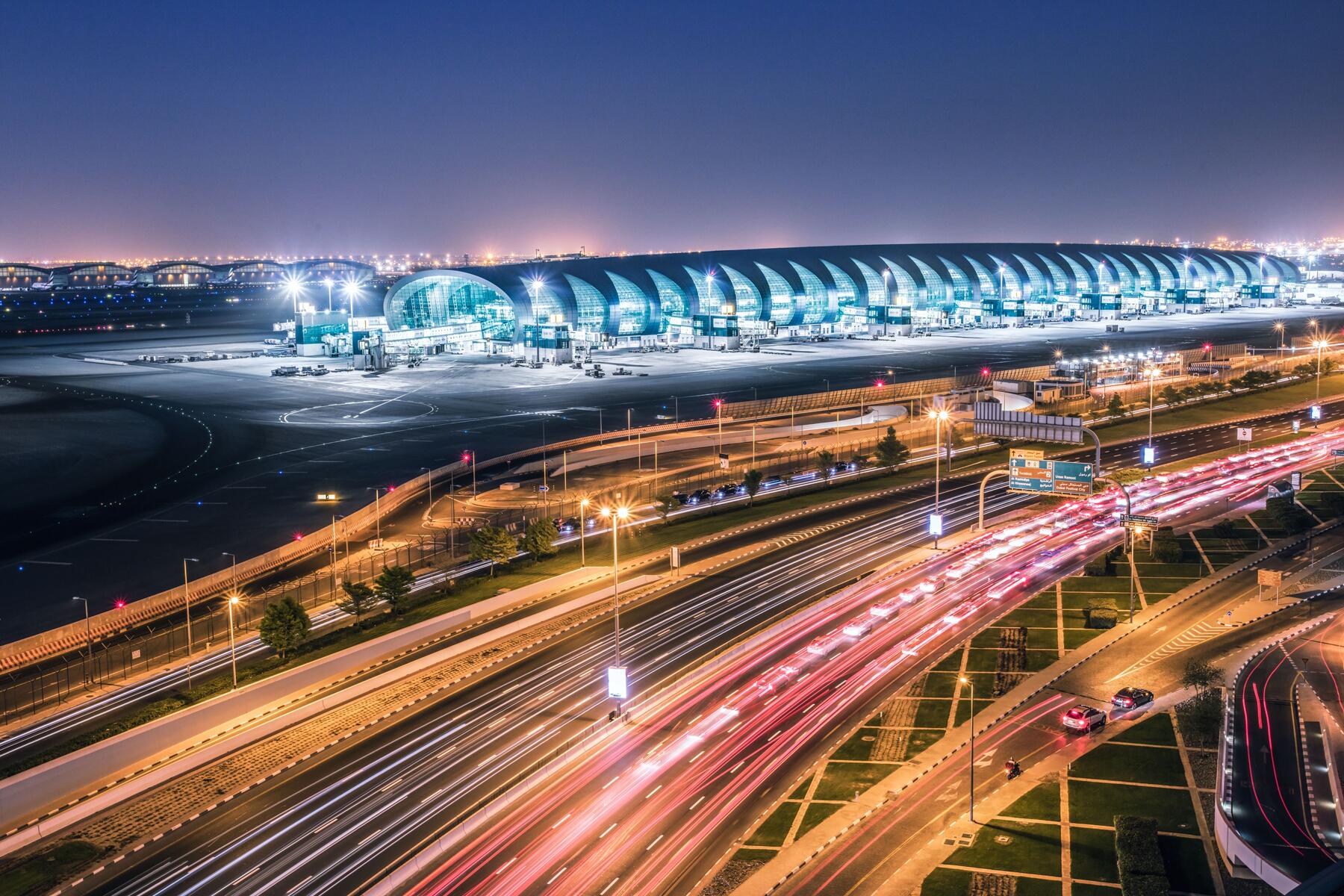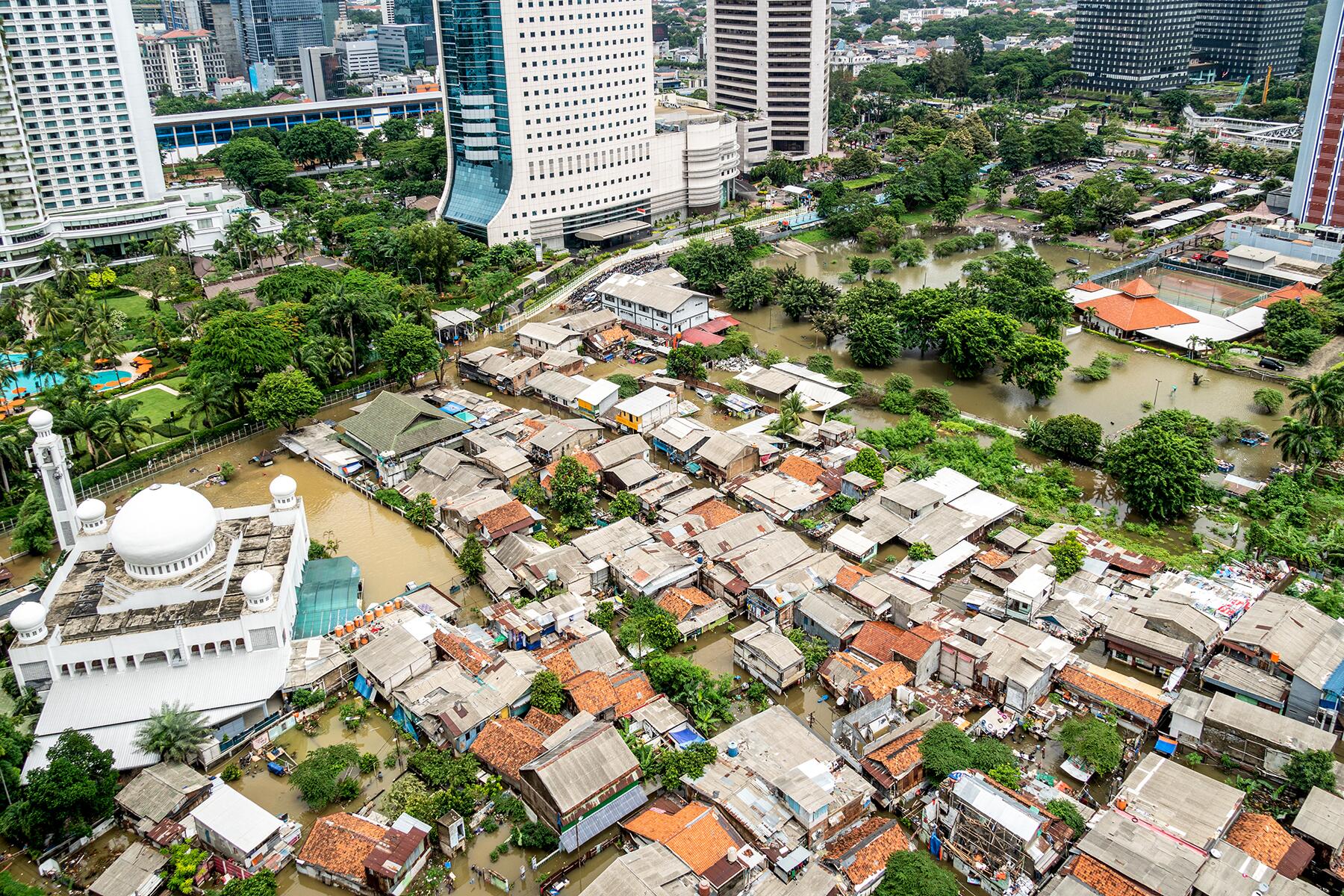These countries need help.
The inequality of climate change is evident. The countries least responsible for the climate crisis are suffering the most and these are also the countries that aren’t equipped to handle the consequences of a warming planet.
A 2022 Oxfam study illustrates that the 10 worst climate hotspots in the world are responsible for a negligible 0.13% of global emissions. Meanwhile, the G20 countries contribute 76% of global emissions, 650 times higher than these 10.
“At the backdrop of a worsening climate-hunger crisis, leaders of rich polluting countries, mostly in the global industrialized North, continue to support fossil-fuel companies that despoil the environment for a massive profit–one that often funds their election campaigns,” the report scathingly explains.
These countries are least prepared to handle the crisis, too. As per MIT’s Global Future Index 2022, Europe is making great strides as it prepares to invest in clean energy and reduce its carbon emissions. On the other hand, African and Asian nations are exposed to extreme weather events without the resources to mitigate the risks.




